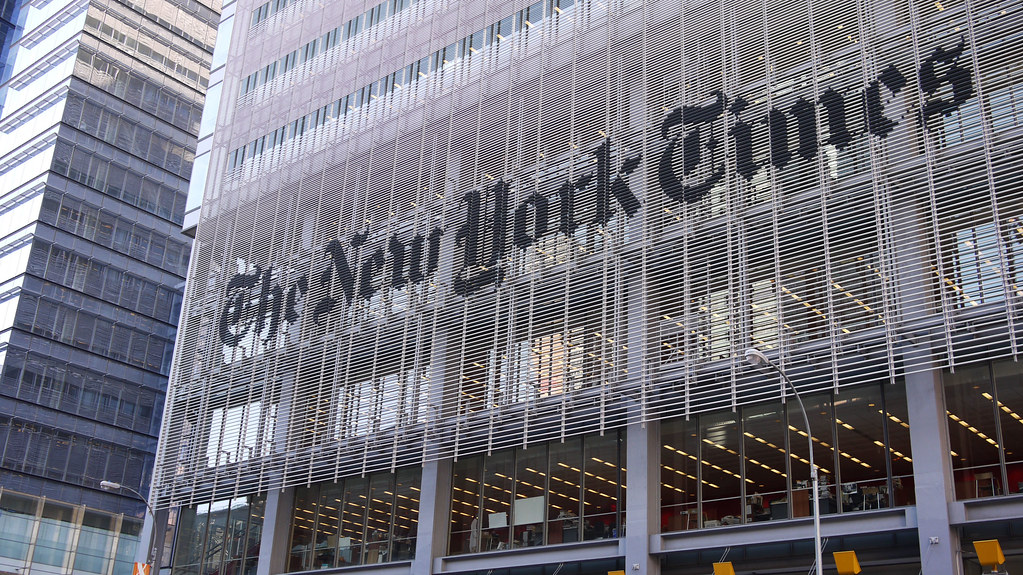The New York Times thinks a blockchain could help stamp out fake news

Blockchain technology is at the core of a new research project the New York Times has launched, aimed at making “the origins of journalistic content clearer to [its] audience.”
The news: The Times has launched what it calls The News Provenance Project, which will experiment with ways to combat misinformation in the news media. The first project will focus on using a blockchain—specifically a platform designed by IBM—to prove that photos are authentic.
Blockchain? Really? Rumors and speculation swirled in March, after CoinDesk reported that the New York Times was looking for someone to help it develop a “blockchain-based proof-of-concept for news publishers.” Though the newspaper removed the job posting after the article came out, apparently it was serious. In a new blog post, project lead Sasha Koren explains that by using a blockchain, “we might in theory provide audiences with a way to determine the source of a photo, or whether it had been edited after it was published.”
Unfulfilled promise: Using a blockchain to prove the authenticity of journalistic content has long been considered a potential application of the technology, but attempts to do it so far haven’t gotten much traction. If the New York Times can develop a compelling application, it has enough influence to change that.
Keep Reading
Most Popular
Large language models can do jaw-dropping things. But nobody knows exactly why.
And that's a problem. Figuring it out is one of the biggest scientific puzzles of our time and a crucial step towards controlling more powerful future models.
The problem with plug-in hybrids? Their drivers.
Plug-in hybrids are often sold as a transition to EVs, but new data from Europe shows we’re still underestimating the emissions they produce.
Google DeepMind’s new generative model makes Super Mario–like games from scratch
Genie learns how to control games by watching hours and hours of video. It could help train next-gen robots too.
How scientists traced a mysterious covid case back to six toilets
When wastewater surveillance turns into a hunt for a single infected individual, the ethics get tricky.
Stay connected
Get the latest updates from
MIT Technology Review
Discover special offers, top stories, upcoming events, and more.